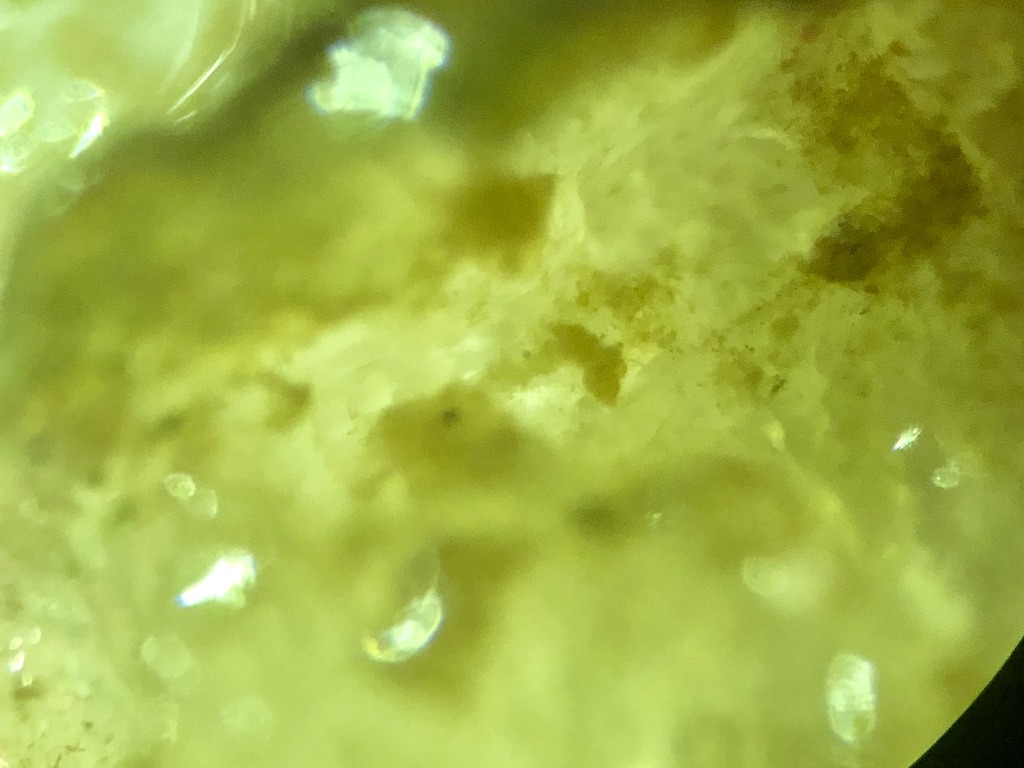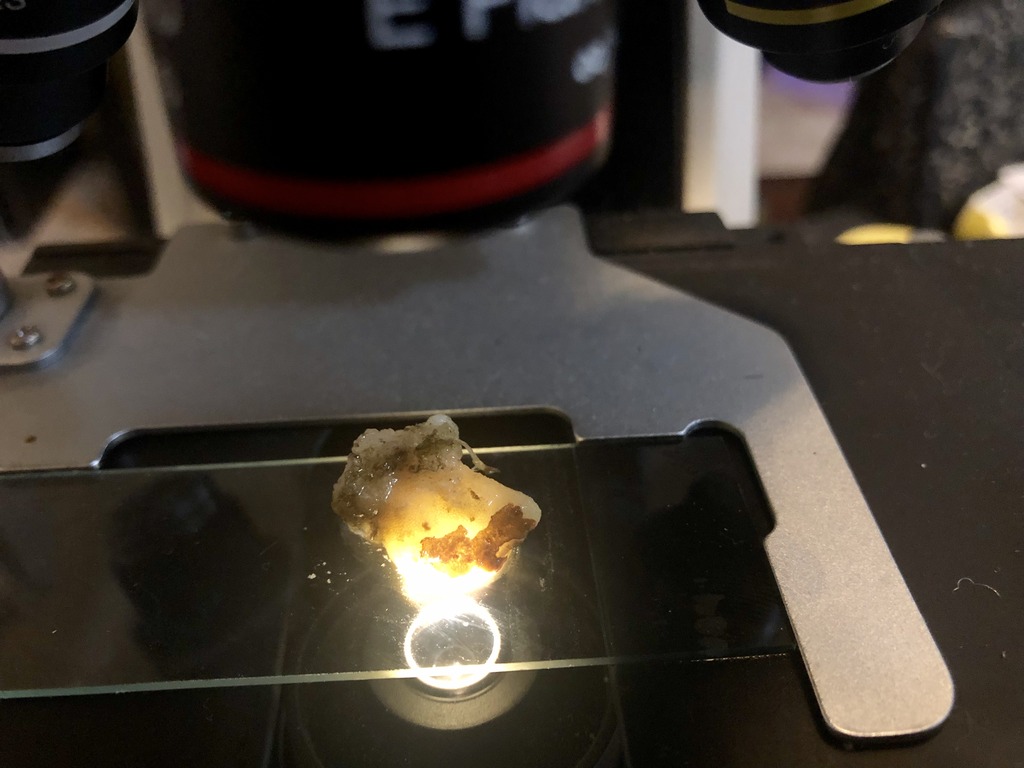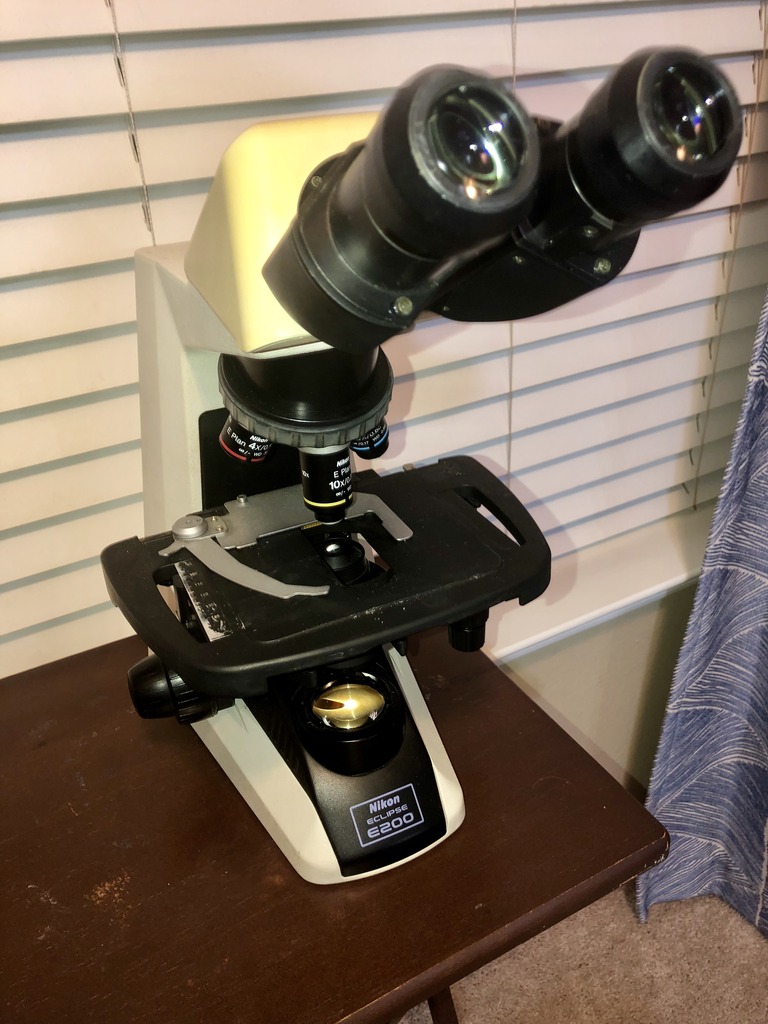I used a couple of well known dips and none was effective enough, some did not do anything. Also PC is offering the Tank treatment as well, but requires fish to be removed, however I did already 2 tank treatments with guidance and kept all fish in.
That will be described in part 2 ;-)
Reason why cutting off healthy coral to save the coral somewhat is working in certain cases, is that the parasite works it's way toward the coral until finished. So a cut far away enough can help unless the frag gets re infected by the free floating parasites from handling the infected corals :-(
What’s the active ingredient in Prime Coral Stop?


























